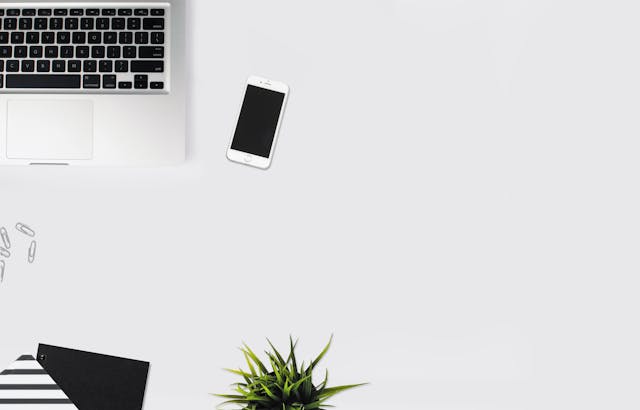The Hidden Benefits of Digital Minimalism

🌈 Abstract
The article discusses the benefits of digital minimalism, which involves being intentional about the digital tools and services one uses, rather than mindlessly accumulating them. It compares digital minimalism to the rise of physical minimalism, and outlines how digital minimalism can improve privacy, security, and mental health.
🙋 Q&A
[01] The Hidden Benefits of Digital Minimalism
1. What are the key points made about physical minimalism in the article?
- The article discusses how minimalism became a cultural trend, with figures like Marie Kondo popularizing it.
- It notes that minimalism is often misunderstood as just owning the fewest possible things, when it's really about being intentional about what you own.
- The author shares their own experience with minimalism, noting that they've always been minimalist-leaning, while their wife had to learn to be more intentional about her possessions.
2. How does the article define digital minimalism?
- Digital minimalism is about being intentional with the digital tools, accounts, and services one uses, rather than mindlessly accumulating them.
- It involves things like deleting unused accounts, limiting the number of apps on one's devices, and being mindful of screen time.
- The article argues that digital minimalism is just as important as physical minimalism, but is often less visible and therefore overlooked.
3. What are the key benefits of digital minimalism outlined in the article?
- Improved privacy and security by reducing the number of accounts and data exposure points.
- Better mental health by limiting time spent on distracting or "doomscrolling" digital activities.
- More intentional and productive use of digital tools and services.
4. How does the article recommend approaching digital minimalism?
- The article advises being intentional about the digital tools and services one uses, asking whether they provide real value.
- It suggests deleting unused accounts, limiting apps on devices, and being mindful of screen time.
- The article notes that digital minimalism, like physical minimalism, is an individual practice and people should find what works best for them.
[02] Comparison to Physical Minimalism
1. How does the article compare digital minimalism to the rise of physical minimalism?
- The article notes that physical minimalism became a cultural trend, with figures like Marie Kondo popularizing it.
- It draws parallels between the misunderstandings around physical minimalism (thinking it's just about owning the fewest things) and digital minimalism.
- The article suggests that the same principles of intentionality and only keeping what provides value apply to both physical and digital minimalism.
2. How does the author's own experience with physical minimalism relate to their approach to digital minimalism?
- The author shares that they've always had a minimalist mindset, even before the cultural trend, influenced by their time in the military.
- This minimalist approach has carried over to their digital life, where they are intentional about the tools and services they use.
- The author notes that their wife, who was swept up in the Marie Kondo hype, had to learn a more intentional approach to minimalism that the author had already internalized.
3. What insights does the article provide about the differences between physical and digital minimalism?
- Physical minimalism is more visible and easier to assess, as one can see the physical possessions someone owns.
- Digital minimalism is less visible, as digital clutter and overuse of digital tools is harder to observe from the outside.
- The article suggests that this invisibility is part of why digital minimalism is less commonly discussed compared to physical minimalism.
[03] Recommendations for Practicing Digital Minimalism
1. What specific recommendations does the article make for practicing digital minimalism?
- Delete unused accounts and remove as much data as possible from accounts that cannot be deleted.
- Limit the number of apps and digital tools on one's devices, only keeping those that provide real value.
- Be mindful of screen time and avoid "doomscrolling" or other unproductive digital activities.
- Prioritize privacy and security by using tools like VPNs and ad blockers.
2. How does the article suggest approaching digital minimalism in a personalized way?
- The article notes that digital minimalism, like physical minimalism, is an individual practice and people should find what works best for them.
- It provides examples of how the author's own approach differs from their spouse's, highlighting that there is no one-size-fits-all solution.
- The article encourages readers to ask themselves whether a digital tool or service provides real value, rather than just following the crowd.
3. What resources does the article recommend for further learning about digital minimalism?
- The article recommends the book "Digital Minimalism" by Cal Newport for readers who want to dive deeper into the topic.
- It suggests that the book provides more in-depth advice and research on the benefits and practices of digital minimalism.